“Scandalous treatment of Roma in Kosovo”
Council of Europe Human Rights Commissioner Thomas Hammarberg called for an end to forcible return of Roma to Kosovo.
Tuesday, 16.02.2010.
14:03

Council of Europe Human Rights Commissioner Thomas Hammarberg called for an end to forcible return of Roma to Kosovo. After his second visit in ten months to the contaminated Roma camps in Cesmin Lug and Osterode, Hammarberg said that the situation had not changed, and called for an urgent evacuation of the settlements. “Scandalous treatment of Roma in Kosovo” “The fact is that these camps have been inhabited for an entire decade is scandalous. The international community is partly to blame for this situation,” Hammarberg said. He said that the lead contamination posed a very serious danger for the people and children of the community. “New, safe housing is needed for about 600 people, in order to close the camps. They all need immediate medical care as well,” he said. Hammarberg said that he is concerned about the fact that Europe is implementing a forcible return of Roma to Kosovo. According to UN statistics, 2,500 people from EU countries were returned to Kosovo in 2009. Some of the Roma forced to go back to the province were sent to the contaminated camps, most of them being from Austria, Germany, Sweden and Switzerland. “I am calling on European countries to stop the forcible return until Kosovo is ready to secure the necessary conditions of life, medical care, education, social services and jobs,” he said. He reminded that Kosovo has already signed readmission agreements with several countries. “In Kosovo alone there are 20,000 internally displaced persons and the unemployment rate is at about 50 percent, which clearly shows that Kosovo still lacks the infrastructure needed to allow a sustainable reintegration of refugees,” Hammarberg said. He added that some of the refugees have lived in other countries for a long time and have children that were born in European countries, speak the languages of these countries fluently and have no ties to Kosovo. “The result is that many refugees are trying to return as soon as they can to the countries they used to live in,” the commissioner said. In a report published last summer, Human Rights Watch said that the Roma district in the northern city of Kosovska Mitrovica was attacked by ethnic Albanians in June 1999. "By June 24, the district had been looted and burned to the ground, and its 8,000 inhabitants had fled. Many were resettled by the UN in camps in a heavily contaminated area located near a defunct lead mine. The move was originally intended to be temporary, yet about 670 Roma still live in camps near the site, with damaging consequences for their health," said the report.
“Scandalous treatment of Roma in Kosovo”
“The fact is that these camps have been inhabited for an entire decade is scandalous. The international community is partly to blame for this situation,” Hammarberg said.He said that the lead contamination posed a very serious danger for the people and children of the community.
“New, safe housing is needed for about 600 people, in order to close the camps. They all need immediate medical care as well,” he said.
Hammarberg said that he is concerned about the fact that Europe is implementing a forcible return of Roma to Kosovo.
According to UN statistics, 2,500 people from EU countries were returned to Kosovo in 2009.
Some of the Roma forced to go back to the province were sent to the contaminated camps, most of them being from Austria, Germany, Sweden and Switzerland.
“I am calling on European countries to stop the forcible return until Kosovo is ready to secure the necessary conditions of life, medical care, education, social services and jobs,” he said.
He reminded that Kosovo has already signed readmission agreements with several countries.
“In Kosovo alone there are 20,000 internally displaced persons and the unemployment rate is at about 50 percent, which clearly shows that Kosovo still lacks the infrastructure needed to allow a sustainable reintegration of refugees,” Hammarberg said.
He added that some of the refugees have lived in other countries for a long time and have children that were born in European countries, speak the languages of these countries fluently and have no ties to Kosovo.
“The result is that many refugees are trying to return as soon as they can to the countries they used to live in,” the commissioner said.
In a report published last summer, Human Rights Watch said that the Roma district in the northern city of Kosovska Mitrovica was attacked by ethnic Albanians in June 1999.
"By June 24, the district had been looted and burned to the ground, and its 8,000 inhabitants had fled. Many were resettled by the UN in camps in a heavily contaminated area located near a defunct lead mine. The move was originally intended to be temporary, yet about 670 Roma still live in camps near the site, with damaging consequences for their health," said the report.


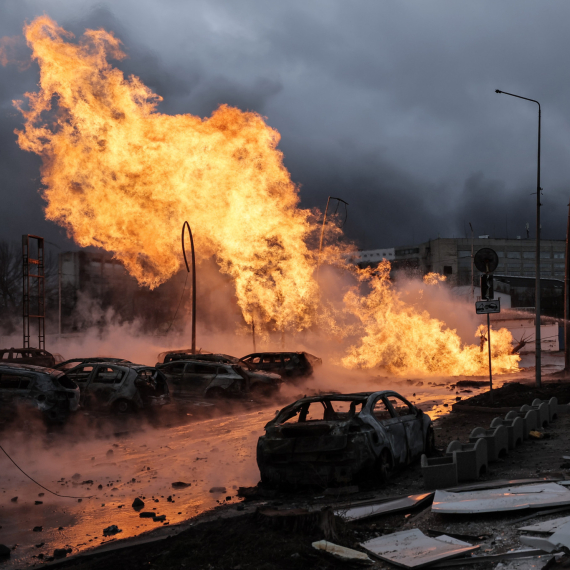


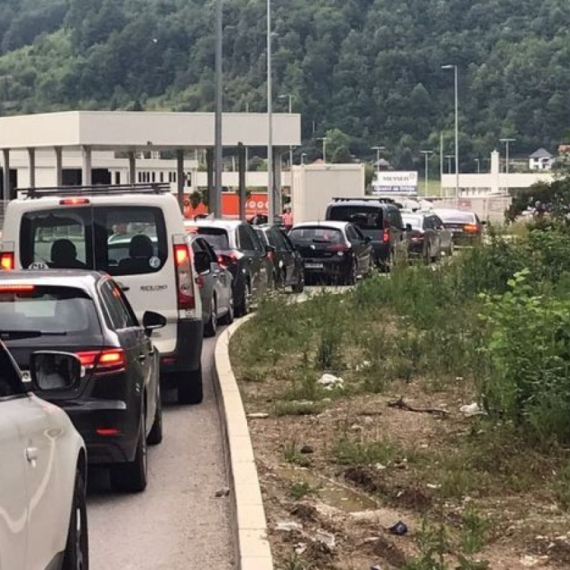



















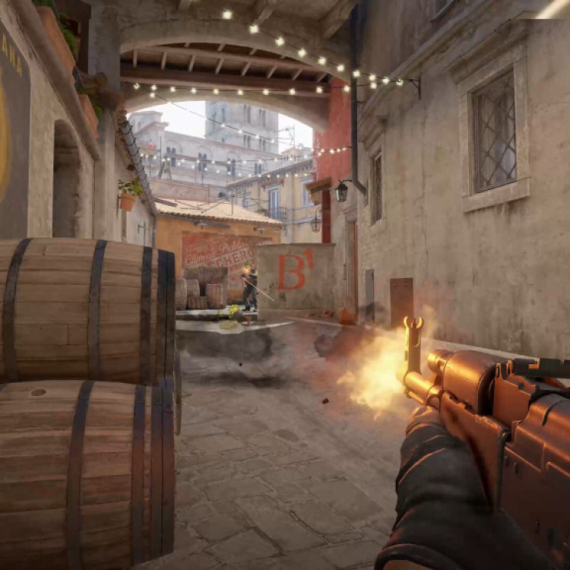
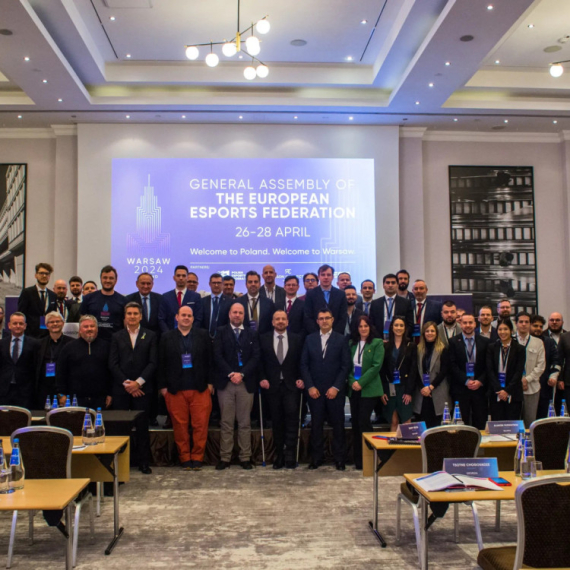
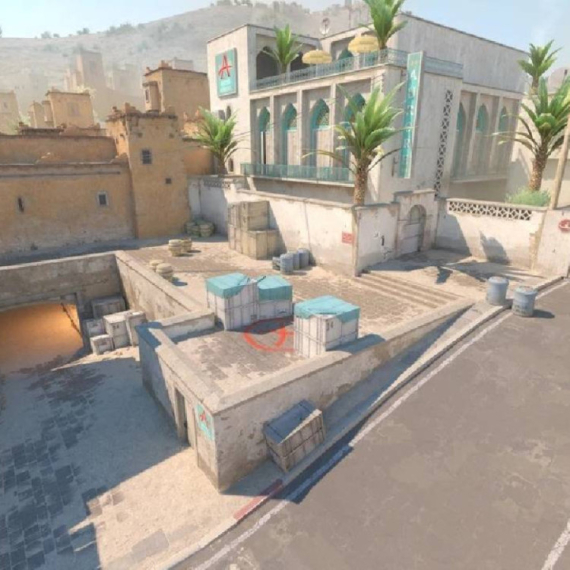


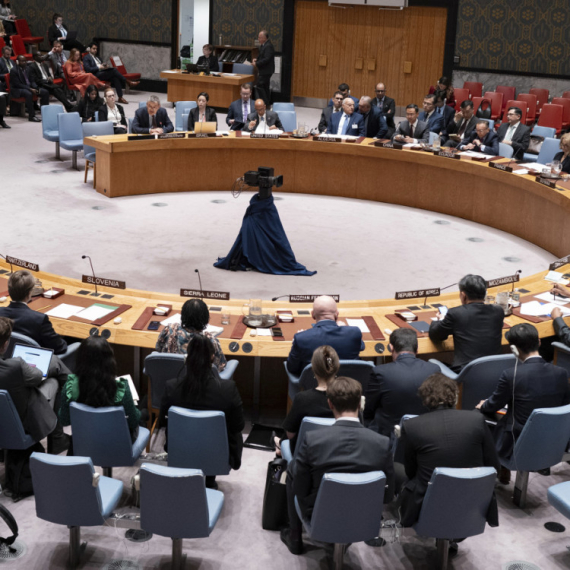

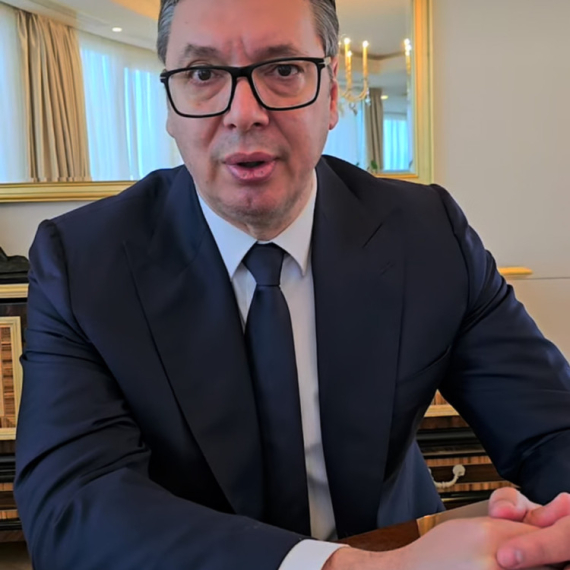

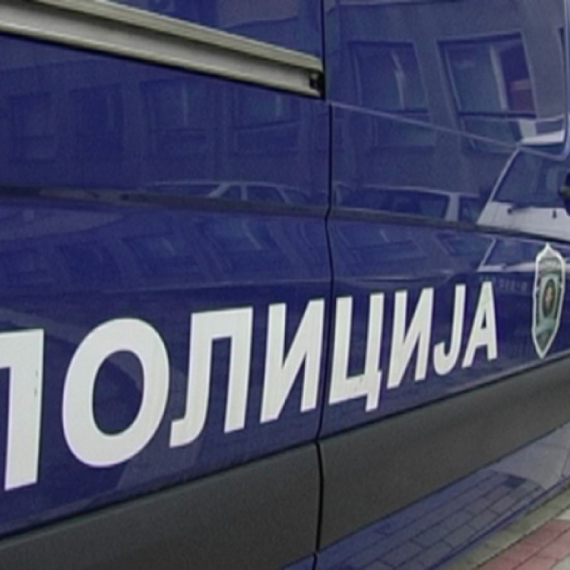










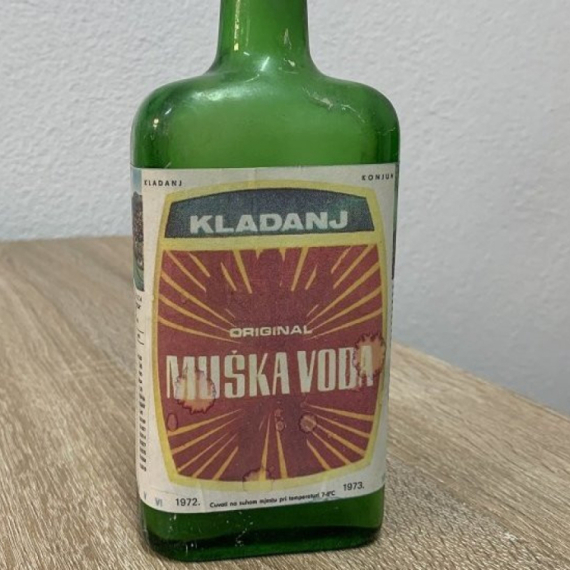
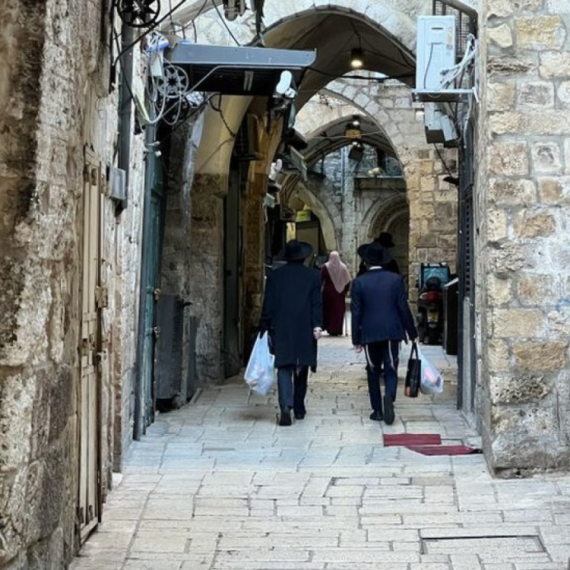

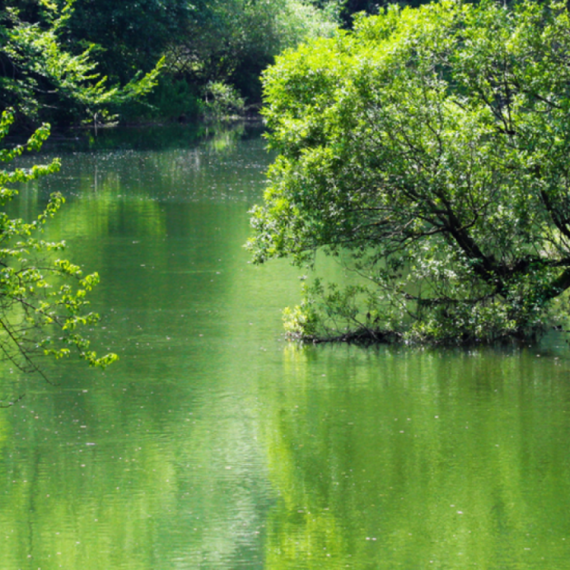


Komentari 14
Pogledaj komentare